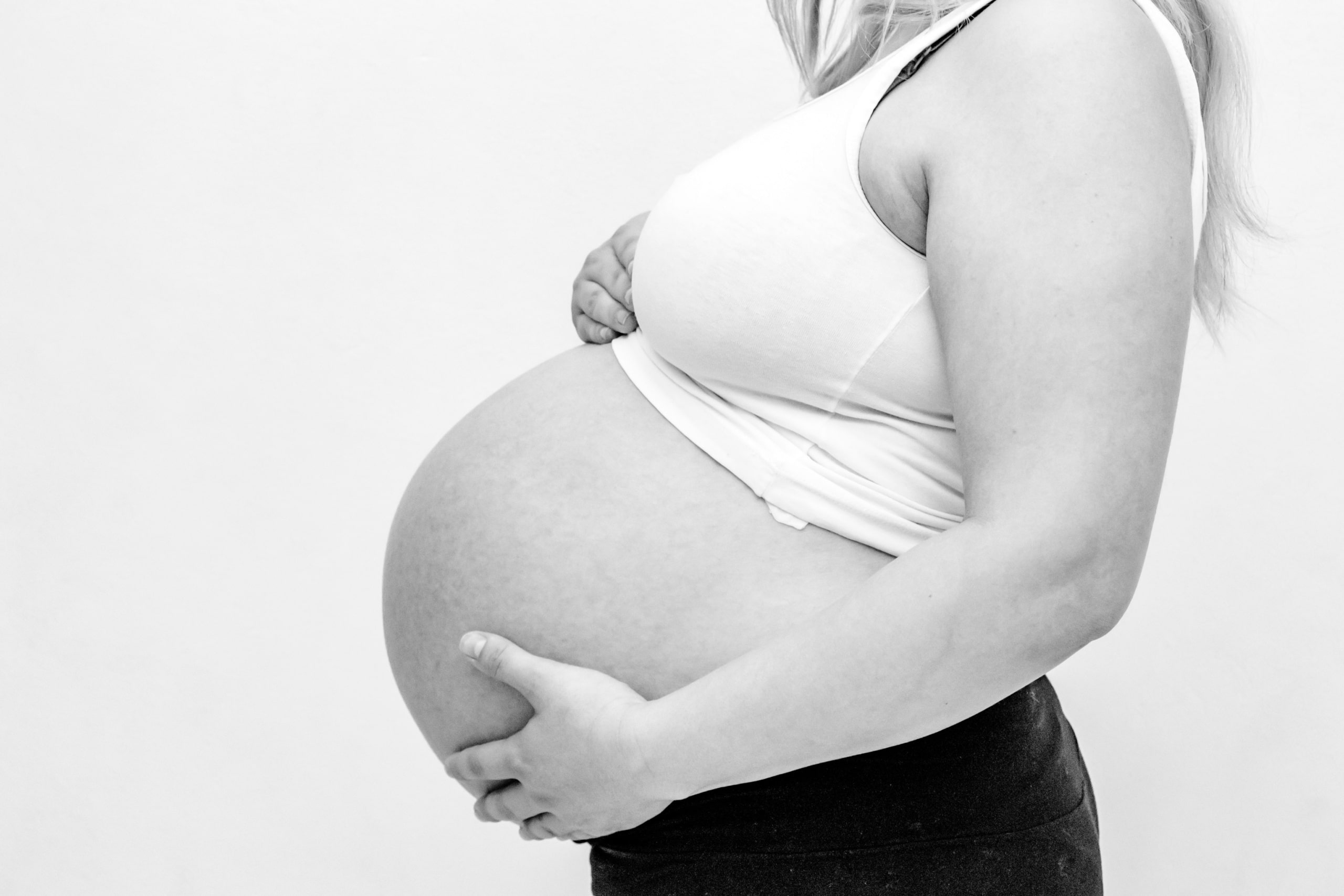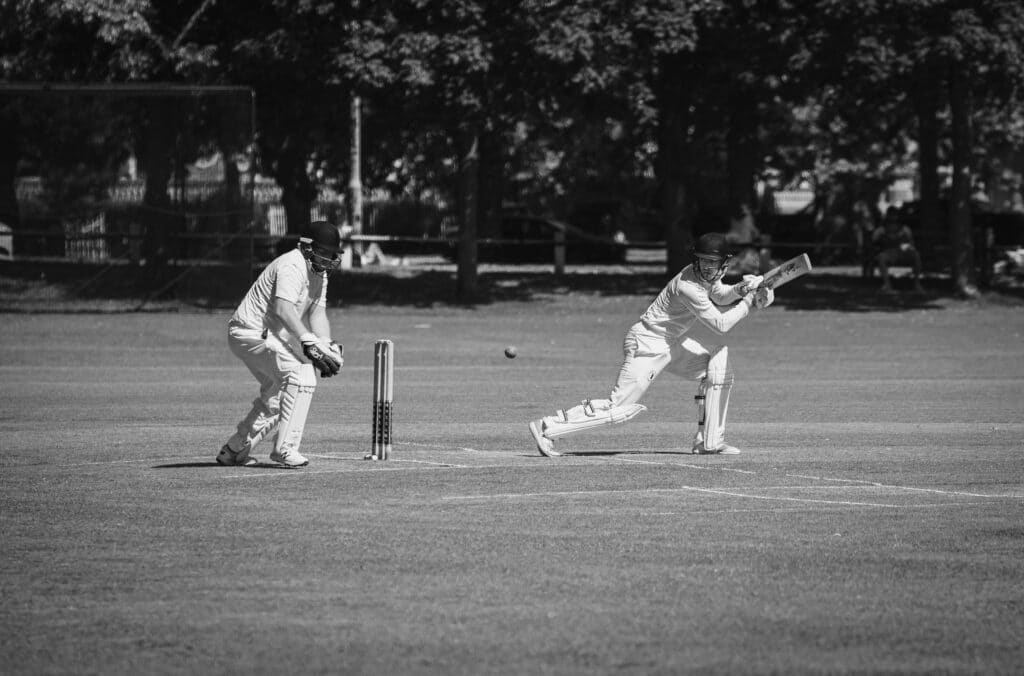How do you fix abdominal separation?
What we’ll cover
Pregnancy and post partum issues commonly include low back and pelvic pain as well as pelvic floor issues including incontinence and in some cases prolapse. Another common occurrence following pregnancy is abdominal separation or diastasis recti. Physiotherapist Laura Scott identifies ways to address this common condition.
What is abdominal separation?
Abdominal separation both during pregnancy and post-partum is fairly common. Diastasis recti is the term used to describe the stretching of your Linea alba, a connective tissue that runs longitudinally down your abdomen. The Linea Alba is the attachment point for your rectus abdominal muscle which is your superficial abdominal muscle group.
During pregnancy, connective tissue is stretched anatomically by their expanding uterus and the productive and release of hormones designed to prepare the body for childbirth. Risk factors for abdominal separation have long been disputed and recent studies have found that multiple pregnancies and repeated stretching is the only risk factor for abdominal separation.
A recent study found that at 25 weeks, 100% of the woman assessed have abdominal separation. Whilst this number reduces post-partum, it was found that approximately 1/3 of women still had an abdominal separation at 6 months post child birth.
How do you fix abdominal separation?
Rehabilitating your core post-pregnancy is an important step. Our core is integral for posture, stability and even respiration. Your physiotherapist will work with you through a progressive strength program focusing on local stability and isolated contraction before advancing to sit-ups and more functional exercises. Local stability will look to work on your transverse abdominal muscle, multifidus, diaphragm and pelvic floor muscles.
Post natal pilates is a safe form of exercise that can be used to target local stability muscles and overall strength and fitness.
How to contract your pelvic floor
To activate your pelvic floor, you want to imagine as though you were cutting off your urine mid-stream. It’s important not to actually stop the flow of urine too frequently as it can lead to urine retention and further complications.
How to contract your transverse adominis (TA)
Lying on your back, you want to place your fingertips either side of your ASIS (bony hip). Let your fingers rest over the skin whilst you then draw your belly button towards your spine whilst continuing to breathe. You should feel a gentle contraction of the muscle underneath your fingers. Hold for 5 seconds and then relax.
How to contract your diagphram
Lying on your back with knees bent, place one hand on your chest and the other at the top of your abdomen. Now breathe in order to move the hand that rests over the abdomen.
If you suspect that you have abdominal separation or are wanting a check-up post-partum, it is important to seek professional advice and assessment. Book online or contact our friendly team today.














